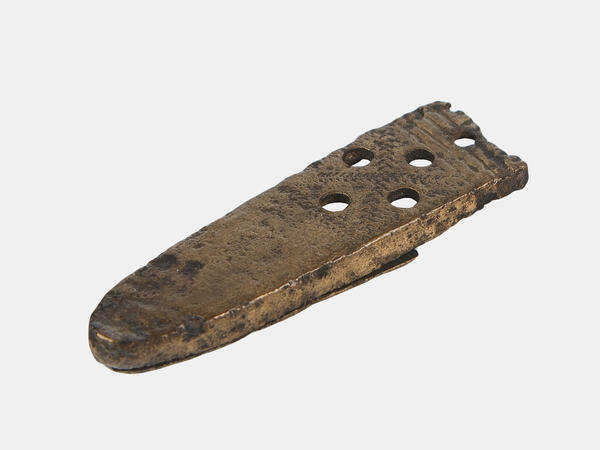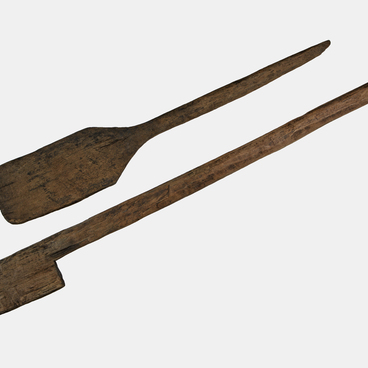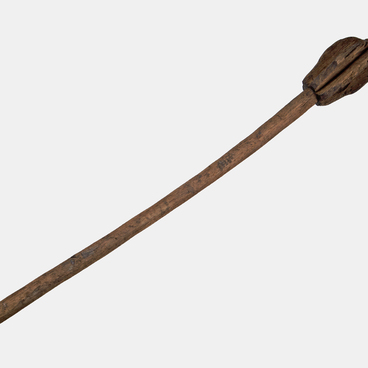A lot of items that were created in the late Middle Ages were found in the archaeological soil layers of the Tula Kremlin, around the bell tower of the Assumption Cathedral. The finds included fragments of clothing, as well as glass and leather items. Buckles made of ferrous and non-ferrous metals of various shapes and sizes, decorated copper alloy belt tips and elements of various belts have been well preserved.
The belt was of great importance in Old Russian costume. Technically, it was used to hold clothing and keep the person warm. The pants had additional support — a cord threaded through their upper part, like a modern elastic band. Wide belts with figured metal buckles were used with heavy outerwear.
The belt indicated the wearer’s status and position. High officials, military leaders, prominent feudal lords, and princes wore precious gold belts. According to documents, foreigners used the term “golden belts” to describe the members of the Novgorod Council, the highest magistrates of this feudal republic.
Moscow Grand Dukes and Tsars repeatedly mentioned these items in their wills. Ivan Kalita had ten precious belts, Ivan the Red had four, Dmitry Donskoy had eight. Apart from the territories, the sons of the great princes also inherited jewelry that would always contain a gold belt. If a belt like this was stolen, it could wage a feudal war.
Both common and rich people used the belt in the same way that a waist bag is used nowadays. They fastened everything they needed to the belt, whether it was a sheathed knife, a spoon in a case, a comb, or some tools. Leather bags were also attached to the belt since pockets began to appear only in the 16th–17th centuries. The first cloth or velvet pockets were fastened to clothes, and then a leather or burlap handbag came into use.
Belt boxes were made of precious metal and were called “kaptorga”, and a leather bag was called “kalita” or “moshna”. In his will, Dmitry Donskoy mentioned a “gold belt with a kalita”. The word “Kalita” acquired the general meaning of a wallet very early — in the 14th century, the thrifty Moscow prince got a nickname “Kalita”.



